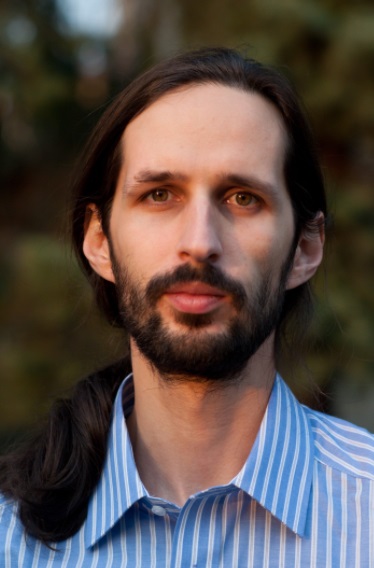
Meet Daniel Kramer, leader of IMPULSE Work Package 4
Daniel Kramer joined the ELI Beamlines Laser team in 2011 as the Head of Optics and Coatings. Within the IMPULSE project, he leads Work Package 4 dedicated to sustainable operation, optimisation and development of laser chains and experiments of the ELI facilities. Daniel received his master’s degree at the Technical University of Liberec where he obtained also his Ph.D. in 2008. He started his research career at CERN by doing advanced optical designs for proton beam diagnostic systems and later for Cherenkov light detector array of the COMPASS experiment. He developed ultrahigh radiation detectors for the LHC monitoring system as his thesis. As a CERN Research Fellow mainly involved in investigating radiation effects to electronic systems of the LHC, he was in charge of developing dedicated radiation monitoring detectors and coordinating the CNGS radiation test facility.

At a young age, Daniel was drawn towards astronomy and wanted to become an astrophysicist. He eventually, chose to study applied physics at university and realised that the common denominator for his interest was understanding how the world around him works. “Physics is one of the few disciplines giving clear answers to the question: why or how something happens. But there are always new discoveries that change or improve the previous answers,” says Daniel, “that’s what I find the most interesting about my work.”
As the WP 4 Leader, Daniel maintains the overview of the tasks outlined and interacts with the task leaders and partners to assess the progress of implementation, helps resolve issues and report to different management bodies. He also leads Task 4.1 which deals with coatings, damage threshold, and optics in general. “One of the key benefits of IMPULSE is the creation of the European non-commercial platform for very large coatings called ELIAS. I believe it will enable the full potential of ELI lasers and their future evolutions.”
WP4 is contributing critical elements to the performances and the reliability of high-intensity, high-frequency laser systems which are the heart and soul of ELI. Developing this in collaboration with all ELI facilities and partners is supporting the integration efforts of the organisation and will make ELI more efficient and sustainable in the future. “IMPULSE provides us with a platform to interact with many people beyond our standard collaboration environment and contribute to work that enables state-of-the-art laser systems and experiments,” says Daniel. “While this can be challenging at times because each facility was constructed independently, IMPULSE brings us closer together!”
If you haven’t had a chance to meet Daniel yet, feel free to reach out with any questions at Daniel.Kramer@eli-beams.eu!